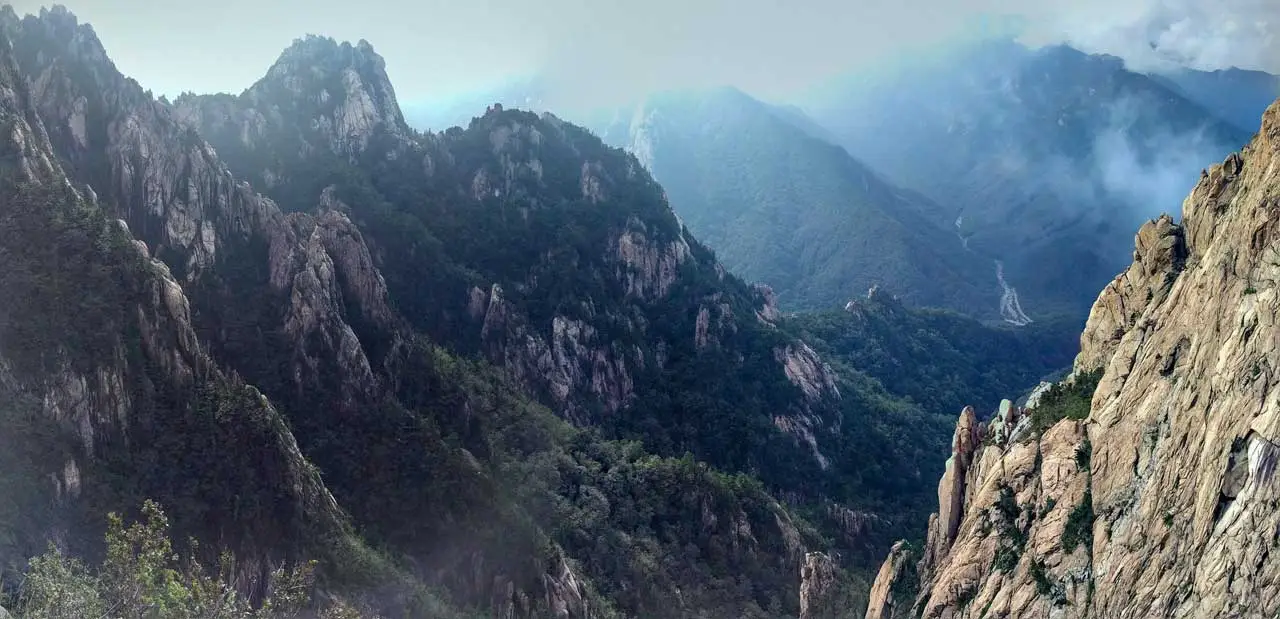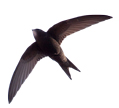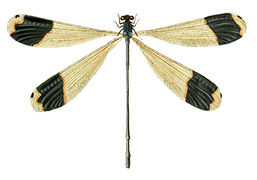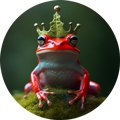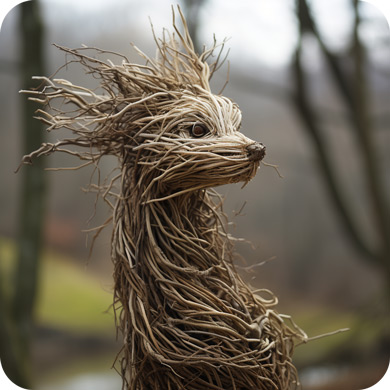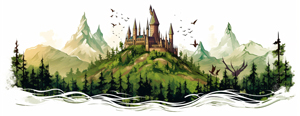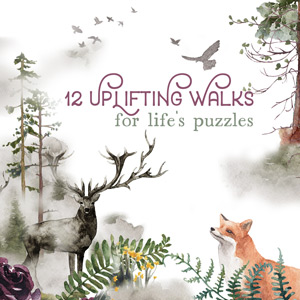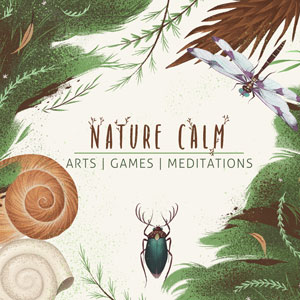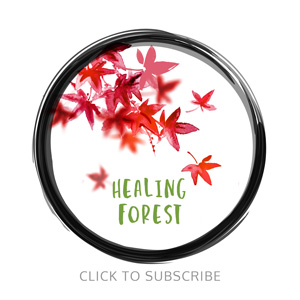A visual photo essay that takes you on a journey to the forests and cities of South Korea. These photos will give you a glimpse of the challenges that societies face in the age of technology. They also present inspiring nature experiments that offer hope for a better future for all of us.

This adventure was made possible by Chungnam National University’s, international conference of forest therapy and world forest therapy festival in South Korea. Special thanks to Prof. Bum Jin Park for inviting us to be a part of the event.
*TIP: If you are reading this photo essay on a phone, please rotate your phone sideways 🔄 to get the best view of the pictures and text on your screen.

Dawn at Daejeon City
South Korea is known as the land of morning calm. Daejeon city located in the center of the country is also the home of Korean Forest Welfare Institute. It’s an ambitious initiative to connect citizens in different stages of life with nature and spread health, happiness, and harmony across the country.

Hard working Koreans going back home after work.. late at night on a Saturday
South Korea has achieved one of the world’s fastest economic growths. Despite the economic growth, the happiness and life satisfaction levels among people are quite low. The high cost of living, and long working hours puts South Korea with the lowest fertility and marriage rate in the world.. for the last 10 years. (source)

The Dance Of Life
Gaming and internet addiction are major issues amongst the younger Koreans. Surrounded by screens with high speed internet, they are engulfed in the virtual world, and slowly the connection with the natural world is diminishing.

Two Old Friends In Time
By 2025, people aged 65+ will make up over 20% of South Korean population, making the country a super-aged society. An increase in elderly population puts pressure on the nation’s finances and also creates the need for better health care systems. Self-care and preventive health care have become extremely important, and the forests of Korea provide an interesting pathway.
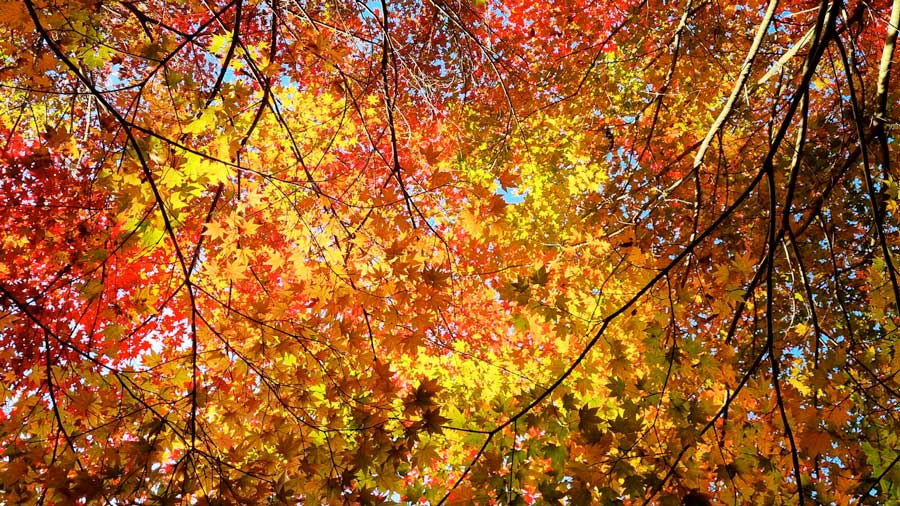
The Beauty of Korean Forests
64% of land in South Korea is covered in beautiful forests. But not so long ago most of these lands were barren. War, occupation by foreign powers and dependence on the forests for sustenance had devastated the forests and wildlife.
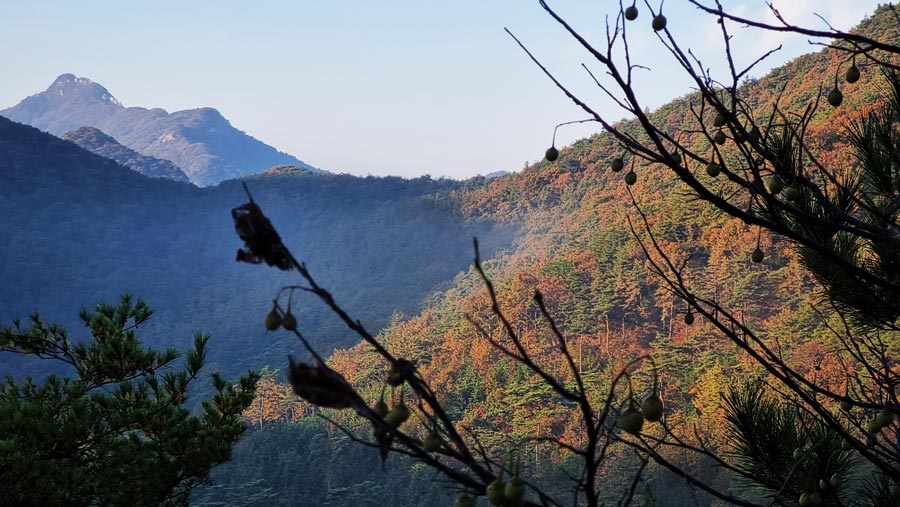
Energy Spine Mountain
It took over 30 years of hard work to bring the forests back. From 1970- 2000, massive reforestation projects were carried out across the country. Running along the length of Korea are the ranges of timeless Baekdu-Daegan mountains. Now covered in lush forests filled with aromatic Hinoki trees, they provide a comforting escape from the rush of the city lives.
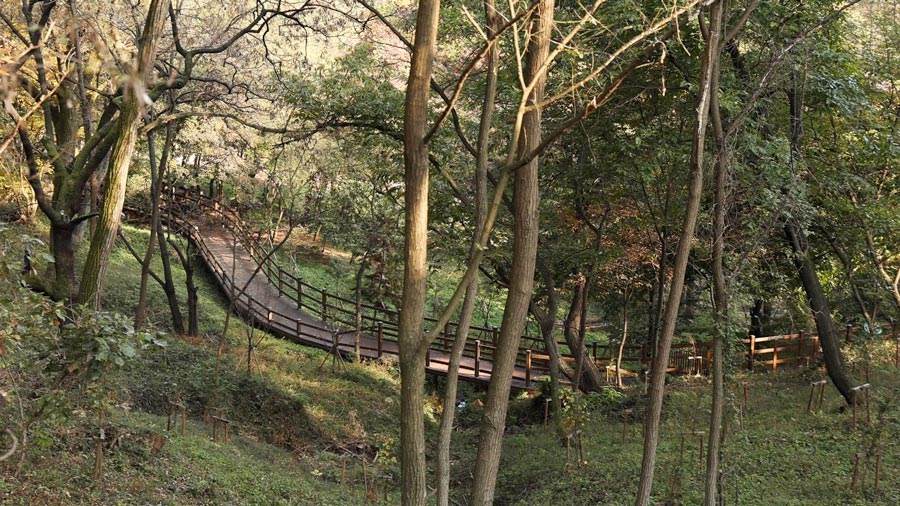
Forest Welfare Facilities Across Korea
The Korea Forest Welfare Institute is a public organization under the Korea Forest Service. It was established in 2016 and is in charge of carrying out a range of forest welfare projects to improve people’s health and quality of life.

Billions of Korean Won have been invested in creating world-class facilities across the country, so that people can benefit from the healing effects of nature.
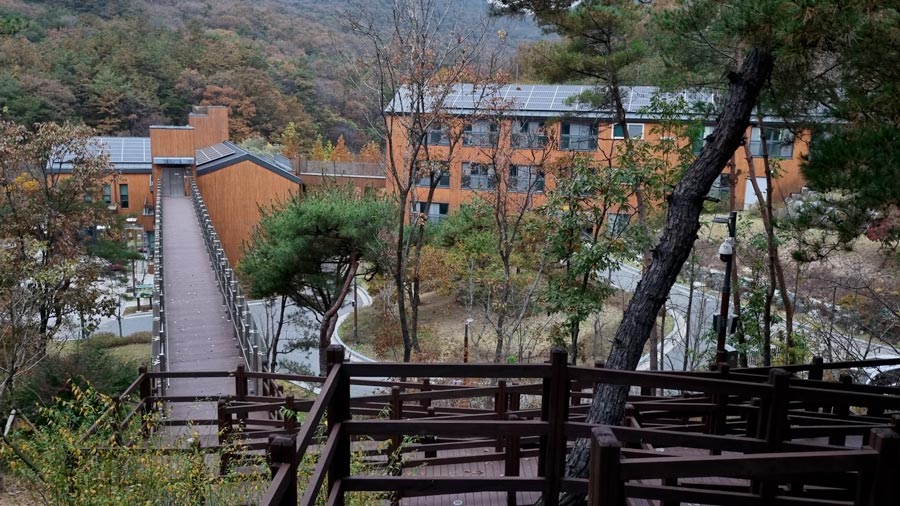
National Center for Forest Education, Daejeon
Many such centres across the country conduct forest education for the youth, and general public. The activities also include sports, culture and vocational skills. They also develop programs and distribute textbooks related to forest education, as well as train the teachers. There are special modules for the underprivileged sections as well.
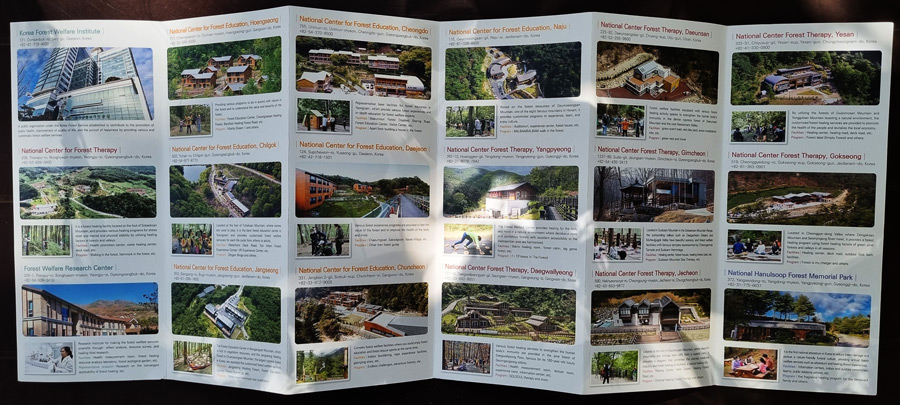
Healing Forests and Trails
In addition, there are beautiful centres that conduct forest therapy programs for the general public, patients with chronic illnesses, and people who need to improve their lifestyles by utilising forest therapy facilities. The national forest therapy centres are engaged in the development and dissemination of teaching aids and multiple programs related to forest therapy.
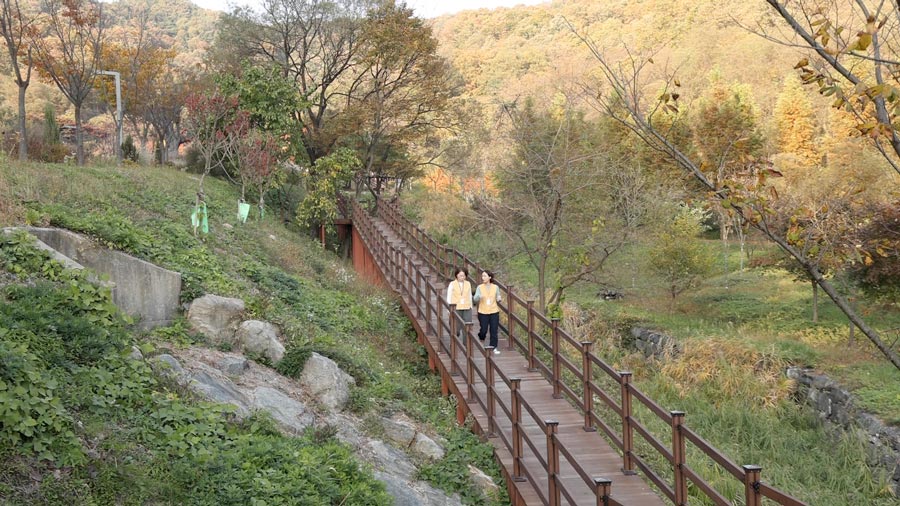
Forest Healing Instructors
Koreans with a background in health, medicine, nursing, forestry can enroll for a national program to become a forest healing instructor. Over 2500 people have obtained forest healing instructor certificates so far. These trained professionals support forest healing programs for a wide range of people from different segments of the society.
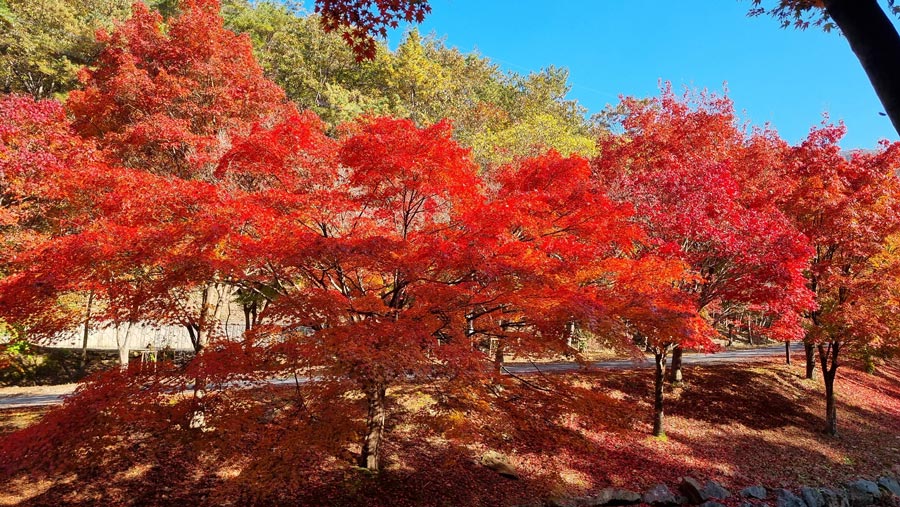
Hancheon National Recreational Forest
There are also many recreation forests, where people can camp or hike and enjoy a range of wilderness activities. The ‘National Centers for Forest Therapy’ provides long-term and short-term lodging for those who want to experience a environment-friendly life and experience the benefits of forest bathing. These lodges are located in some of the most scenic spots in the country.
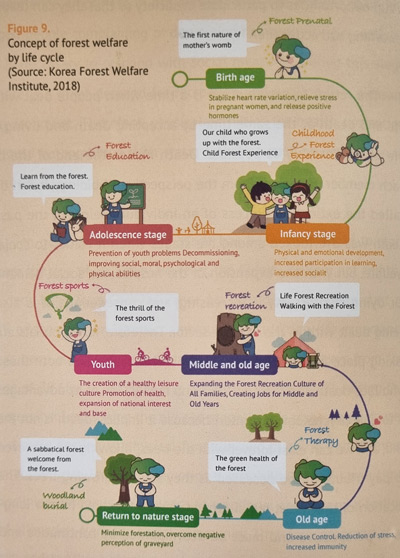
The concept of forest welfare in Korea was effectively introduced in the 2000s. Since then it has evolved into a wonderful set of programs designed by stages of our life cycle.
For a detailed article on these programs, you can check out our post: Forest Bathing Secrets from South Korea
To know more about the concept of Forest Bathing and its health benefits, follow this guide: Forest Bathing: What, How, Where
Keep reading to learn the most important lessons from Korea’s initiative.

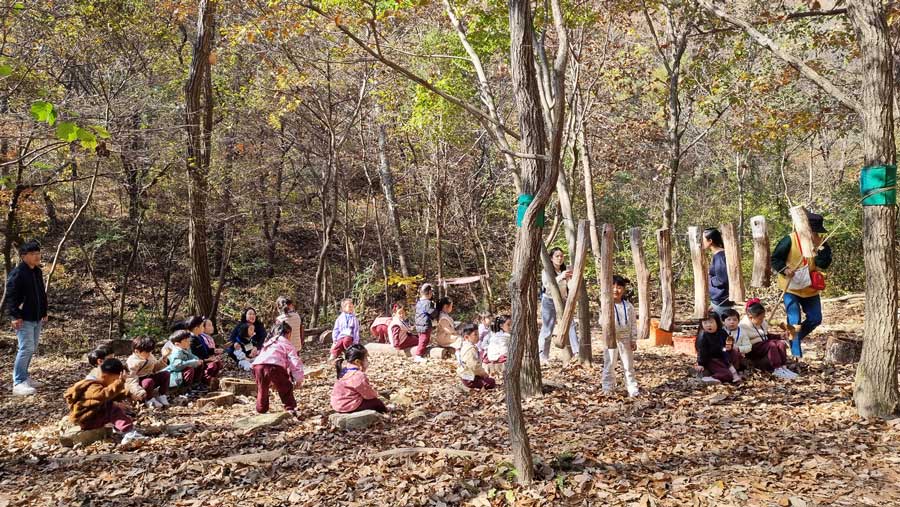
Forest Play Zones
Getting children into nature at an early age has a long lasting impact on their life. It helps in developing the child’s physical, mental, emotional health as well as their social skills. More importantly, it builds empathy and respect for other life forms and love for our planet.
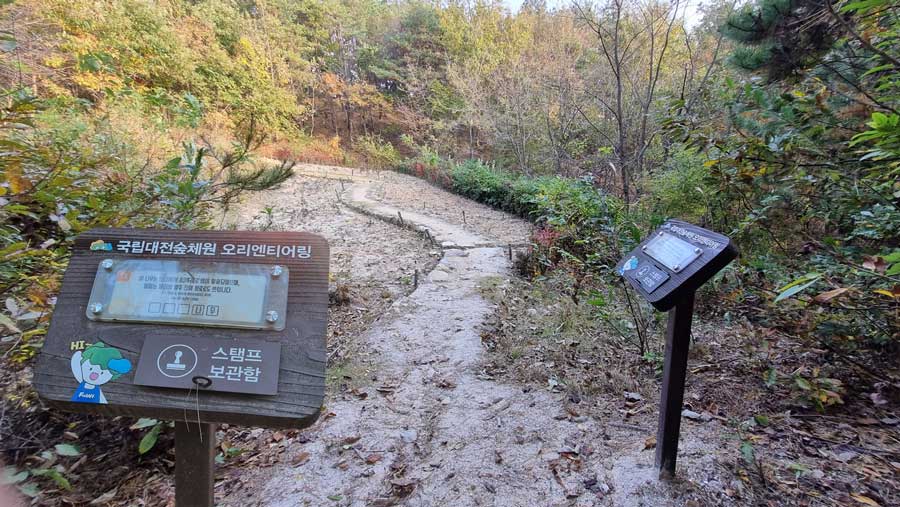
Activity Trails
There are many self guided trails in the forests, with helpful signage and activity boards along the way. These markers help the walkers learn about nature in a fun and engaging way. The walks serve as a nice bonding activity for families as well as school groups.
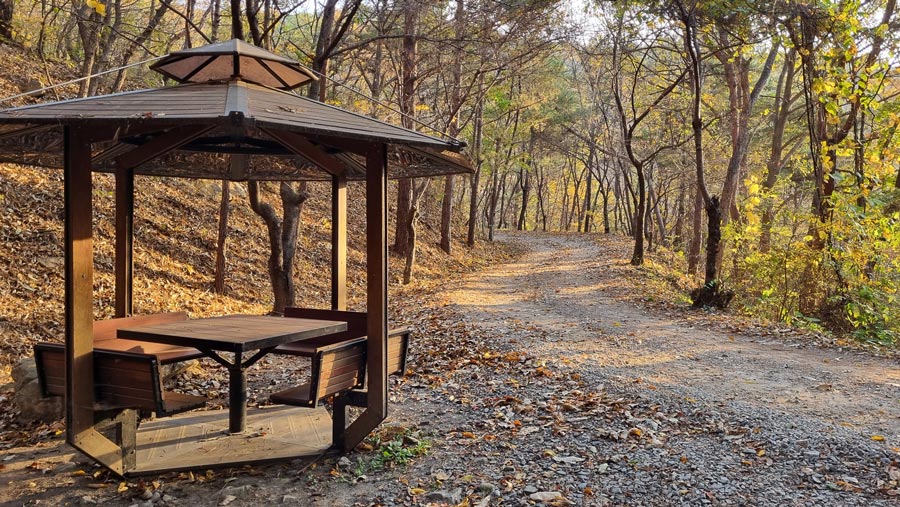
Forest Sports
Hiking trails, running and cycling tracks across the forests help in testing and enhancing the physical as well as psychological abilities of the participants. Outbound activities serve as great mixers not just for the youth but also teams from the corporate sector.
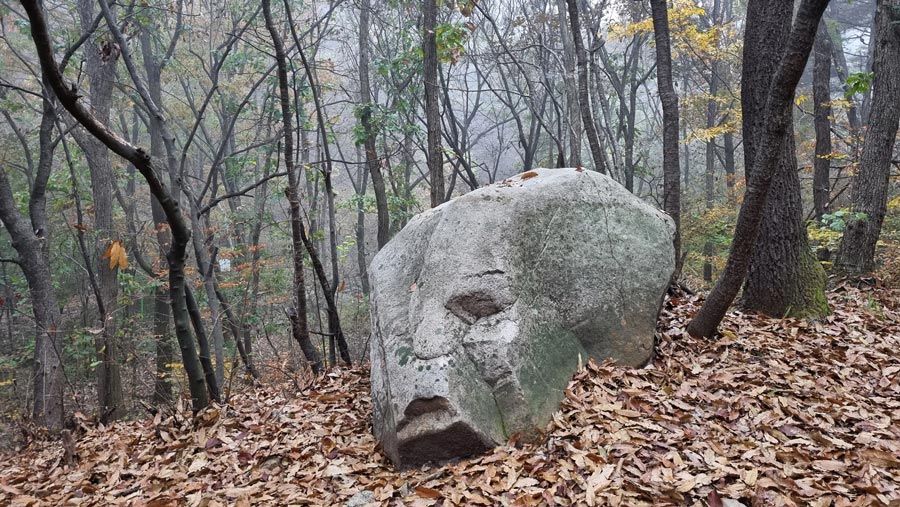
The Old Rock Sleeps
An interesting initiative for the end of life stage is the concept of turning yourself into a tree once your physical body passes away. Forest Memorial Parks are forests designated for the cremated ashes to go under or around trees. This practice aligns with the cycle of humans being born in nature and returning to nature in death, thus coexisting with the forest forever.

The Urban Jungle
The Korean Forest Services might just have the best country-wide program in the whole world for reconnecting people to nature. And yet, despite all their efforts, the concept of forest wellness is still not a mainstream idea. Urban lifestyles, and the onslaught of screen addictions is taking a heavy toll on their society.
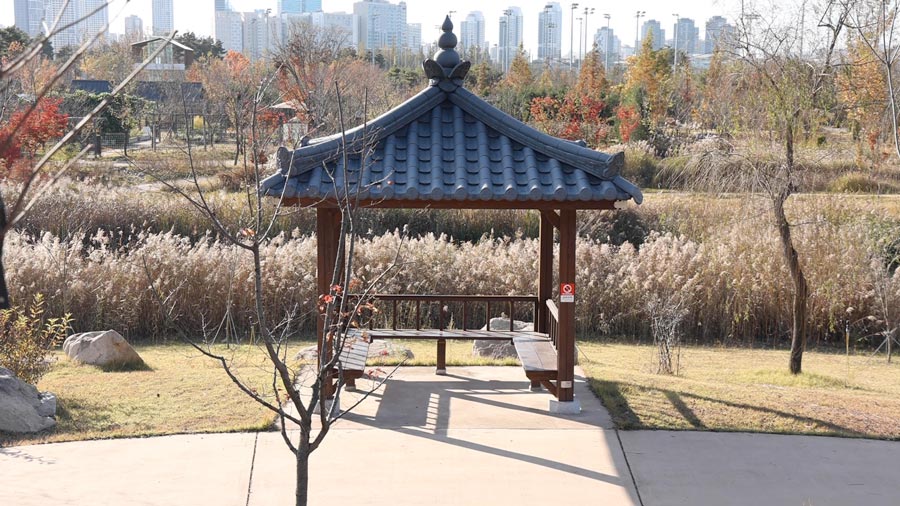
A Roadmap For The Future
The next step is to target the urban population with nature wellness programs within the city. By involving private entrepreneurs and the local arboretums, gardens, and city forests, a large number of citizens can be introduced to these life-changing concepts.
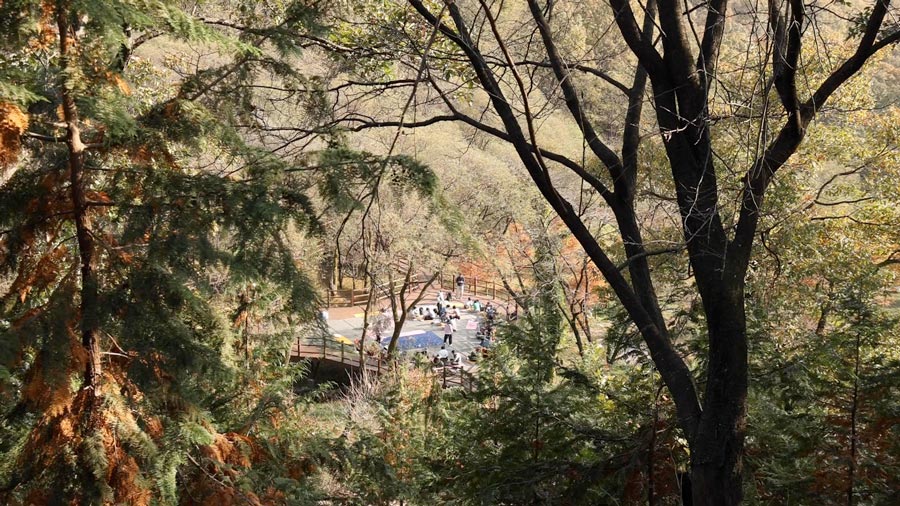
Lessons From The Past
In the past, Korea was known as the land of beautiful scenery – or Geumsugangsan. For 5000 years, nature served as a foundation for creating cultural harmony and respect for life – which is also the identity of Koreans. Although this concept eroded with time, the act of restoring the forests and bringing people back, shows that some have not forgotten the precious wisdom of the past. Mother nature can take root in the wild and in our hearts if we just allow it – a simple idea that can serve as an inspiration for the whole world.
Key Insight
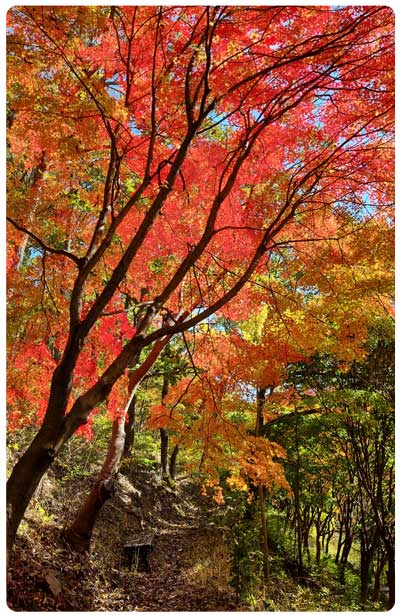
The forests have been an integral part of our lives since millennia. The recent disconnect with nature is also disconnecting us from things that truly matter in life – our health, and our relationships.
*To experience nature’s myriad benefits try our collection of best activities from around the world >> Nature Calm
For uplifting new ideas that help you grow, please join our free monthly newsletter.
